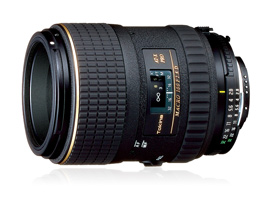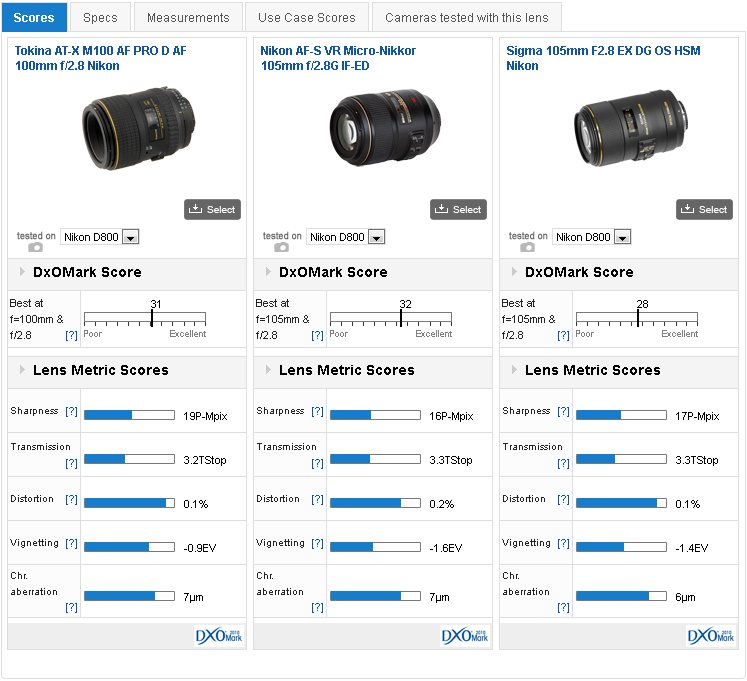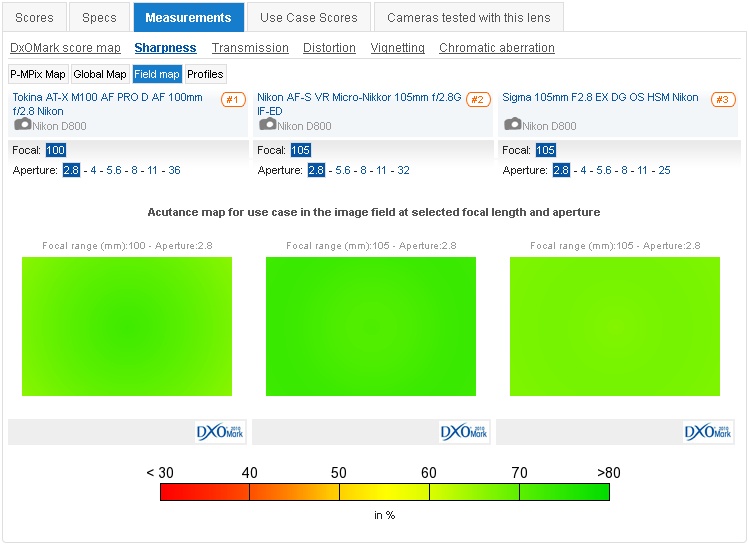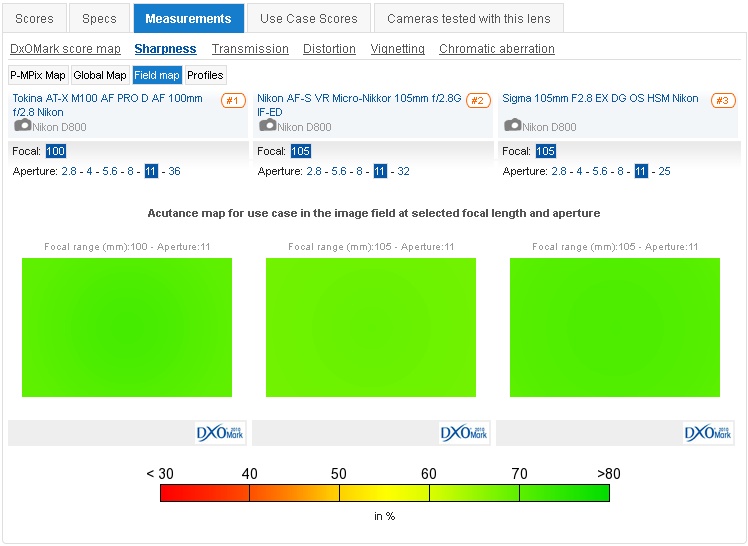Introduction
When Nikon followed rival Canon and removed the aperture collar on their G-series lenses, the firm overlooked updating their range of extension rings with the necessary / crucial CPU contacts. This is a perplexing situation for hardcore macro enthusiasts looking to achieve magnifications in excess of 1:1 life size, as when attached to Nikon made extension rings the G-series Micro Nikkor lenses can only be used at full aperture.
Perhaps that’s why Tokina has left this full-frame model untouched. As AF-D type lens it has a aperture collar like those older Nikkor models and yet has modern coatings to reduce flare and ghosting from internal reflections most notably from the sensor’s surface.
Although it doesn’t have any ED glass or stabilization it’s a well-built metal-barreled lens intended for professional use. It has 9 elements in 8 groups that focuses down to a 0.3m (1 foot) minimum at 1:1 (life-size) magnification, weighs 540g (1.19 lb) and costs a not unreasonable $449.
The Tokina achieves a DxOMark lens score of 31 points on the 36-Mpix D800, and has a high sharpness score of 19P-Mpix. At full aperture the Tokina has good sharpness in the center, which expands across the frame stopping down only one stop to f4. Peak sharpness is achieved at f/8.0 but it still has high sharpness levels at f/11 on the D800. It also has very low levels of vignetting at full aperture, which has nearly disappeared by f4 and has gone completely by f5.6. Distortion and CA are also well controlled for a lens like this.
Tokina AT-X M-100 AF PRO 100mm f2.8 Vs Nikon AF-S Micro-Nikkor 105mm f/2.8G IF-ED Vs Sigma 105mm f2.8 EX DG OS Macro mounted on Nikon D800: Superior sharpness when stopped down
As the most modern of three designs compared the Tokina performs very well, almost matching the Nikon AF-S VR Micro-Nikkor 105mm f2.8G IF-ED, and just ahead of the highly regarded stabilized Sigma 105mm f2.8 EX DG OS HSM. The Nikon is sharper at full aperture and it has superior corner sharpness but the Tokina is sharper when stopped down which is more practical in a macro lens like this. Vignetting is much lower on the Tokina than the other two but distortion and CA are similar.
Although Tokina hasn’t updated this lens since it was introduced in 2006, it still has very competitive performance, and when stopped down is even sharper than the $899 Micro Nikkor. While the Sigma 105mm f2.8 has comparable sharpness at any given aperture setting and boast ultrasonic focusing and stabilization, like the Micro Nikkor, it’s still $220 more expensive than the Tokina and neither have the aperture collar that’s coveted by serious macro photographers.









DXOMARK encourages its readers to share comments on the articles. To read or post comments, Disqus cookies are required. Change your Cookies Preferences and read more about our Comment Policy.